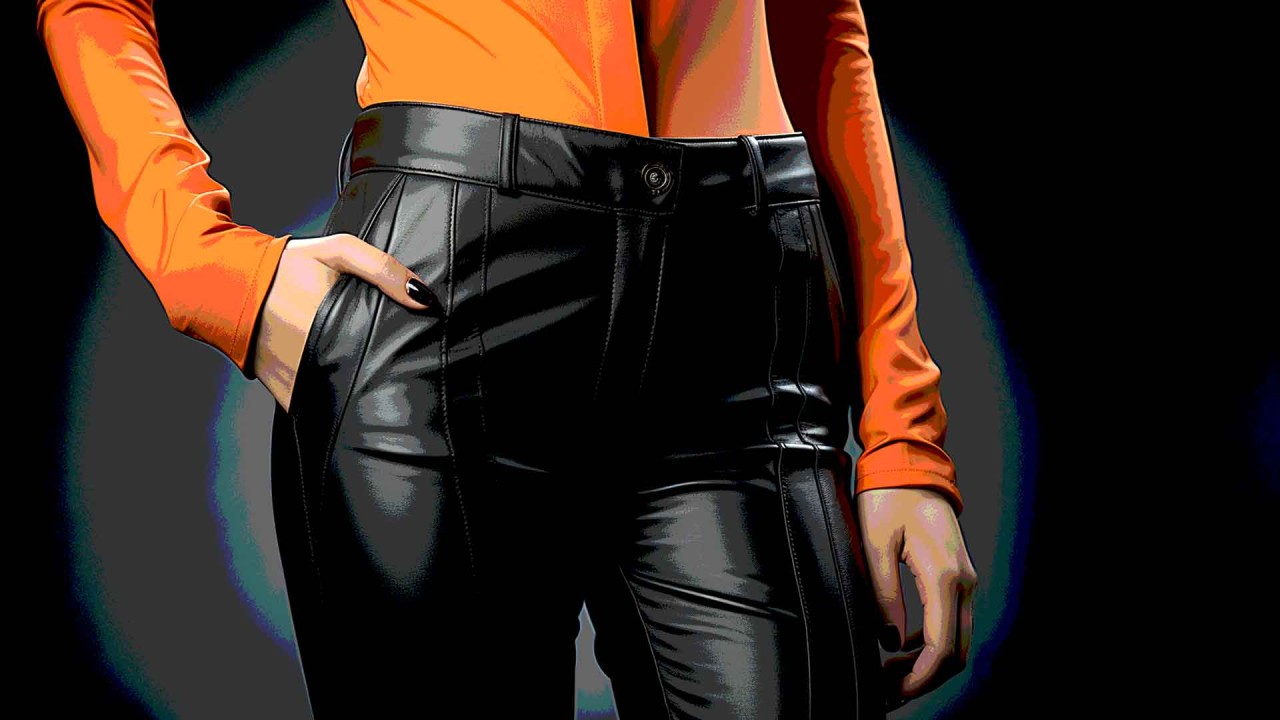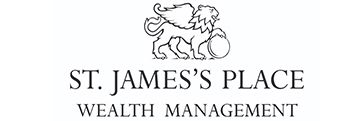.
What’s she wearing? How relaxed can a dress code go?
Are leather-style trousers appropriate workwear? I ask because the other week I was at an event delivering a keynote and chatting to the client before I went on stage. I was wearing a pair of leather-style leggings. As I was chatting, the head of HR interrupted to ask a question and looked me up and down in that trying-not-to-be-obvious but blatantly obvious way. I’m good at reading body language - I knew what the look meant.
“What’s she wearing!?”
When I excused myself and walked away, I overheard her say: “Who’s that?”
When she heard that I was Laughology’s CEO, she exclaimed: “She doesn’t look like a CEO.”
The world of work has become less formal, why can’t you wear leather trousers to a conference?
Since the pandemic, dress codes have been relaxed, and most people turn up to Zooms in their slouchies; even if you can’t see it, they’re most likely wearing them. The world of work has become less formal overall, and that trend was evolving way before Covid.
The popularity of suits, for example, was already declining before the pandemic, especially in the US, Western Europe and Latin America. In the UK, spending on men’s suits dropped from £377 million in 2019 to about £240 million in 2021. In March 2022, the UK’s Office for National Statistics removed men’s suits from its basket of goods to calculate the cost of living for the first time since 1947.
Jeans, trainers, ‘power casual’ knitwear, and trousers are increasingly acceptable in many offices. Even banks and professional services firms with formal-wear cultures have more relaxed dress codes. In 2019, Goldman Sachs announced a flexible dress code, encouraging employees to use their judgment when deciding what to wear.
Things are changing, so why can’t you wear leather trousers to a conference, or a onesie for that matter, in 2024?
Preconceived ideas and bias are still part of the problem
Clearly, the Head of HR had preconceived ideas of what a CEO looks like, and I didn’t meet those expectations. I hate to think what her reaction would have been if she’d ever met Steve Jobs in his roll-neck, jeans and trainers.
In my defence, it wasn’t a formal event, and the trousers fell on the smart side of ‘smart/casual’. Also, in my defence, why should I have to explain my choice of clothes to someone? And what does a CEO look like anyway?
It reminded me of an incident many years ago when I delivered at an event for an organisation while wearing a dress just above the knee with a button-up front. One piece of feedback I received was that my choice of attire was too distracting. In those days, I was green to the corporate world and its strange codes, and in fairness, the people sitting directly in front of the raised stage may have got more than they bargained for.
However, different organisations and sectors still have expectations and cultural preferences. And so do people. There are still plenty of men who wear and shirt and tie for a video call.
What works in the creative industries may not be acceptable in private banking, for example. So, a degree of common sense is still required. Sadly, first impressions still count, but we need to balance that with challenging stereotypes. Early on, I also learned that I’d rather be in the tent pissing out than out the tent pissing in, and sometimes you need to have the right gear to go camping in the first place.
But it works both ways. Is it right to ask menopausal air stewards to wear polyester suits, black tights, scarves, and hats? Is it wrong to ask people to cover up their tattoos? Is it sensible to require pupils to wear blazers in the height of summer? Where does any of this leave the issue of inclusivity and diversity? Should certain groups be allowed to wear clothes or hairstyles because of their cultural identity, while some are asked to adhere to a different dress code?
These are all tricky questions workplaces need to consider.
Are people more productive if the dress code is more relaxed?
One of the often-repeated arguments for relaxing dress codes in a workplace is that people are more productive when they can choose what they wear (I produce some of my best work when I’m in my dressing gown at 5am – I do dress and change for meetings, just sayin’).
The research usually wheeled out to back this assertion up is that ‘according to studies’, 61% of employees are more productive when the dress code is relaxed. Several websites and news sites have used this without interrogating it. In 2020, social researcher Naiyan Jones did. He published his conclusion on the website Medium and found that the “61% study” was a survey carried out by a New Zealand outdoor wear company.
He wrote: “The study polled around 1,000 adults. Apart from that? Not many details. Nothing about the people surveyed, what country they came from specifically, what the people surveyed identify as, or the study’s methods, research design, questions asked, etc. I couldn’t find anything in the public domain.”
Indeed, the survey's actual wording was: “Almost two-thirds (61%) of those surveyed say they’d be more productive and happier if allowed to dress the way they want.”
Naiyan continued: “Notice the difference between “are more productive” versus “say they’d be more productive”? This is the important bit. The actual productivity of changing a dress code has not been measured at all. This is people self-reporting themselves feeling more productive.”
The ‘study’ was a classic PR spin.
So, back to the question. Are leather-stye trousers acceptable workwear? The answer depends on who you are and where you are. It’s a delicate balance between personal expression and professional expectations. It's not about the clothes but the person wearing them.
As a CEO, I've embraced my unique style, leather trousers included, and learned to celebrate my difference rather than conform. My message? Wear what makes you feel comfortable and confident. Whether that’s traditional office attire or a unicorn onesie, what matters most is your ability to contribute to a team’s success.
Fancy having Stephanie give a conference keynote for your workplace or organisation? She’s great at the motivational stuff, as well as being funny. She also carries science-backed research in the pocket of her leather trousers. Alternatively, get in touch with Doug - he doesn’t wear leather trousers, but he does have a wealth of knowledge about how we can give you bespoke training to meet your needs - doug@laughology.co.uk
Laughology’s leather-wearing CEO, Stephanie Davies, is one of the UK’s leading voices in happiness and engagement in organisations. She has an unsurpassed reputation for designing and delivering interventions for top-performing teams across a range of sectors and has developed Laughology into the nation’s most talked-about training and development provider. She also has the smallest little fingers of any human being ever and can often be seen walking a cat on a lead in the Surrey village where she lives.
























